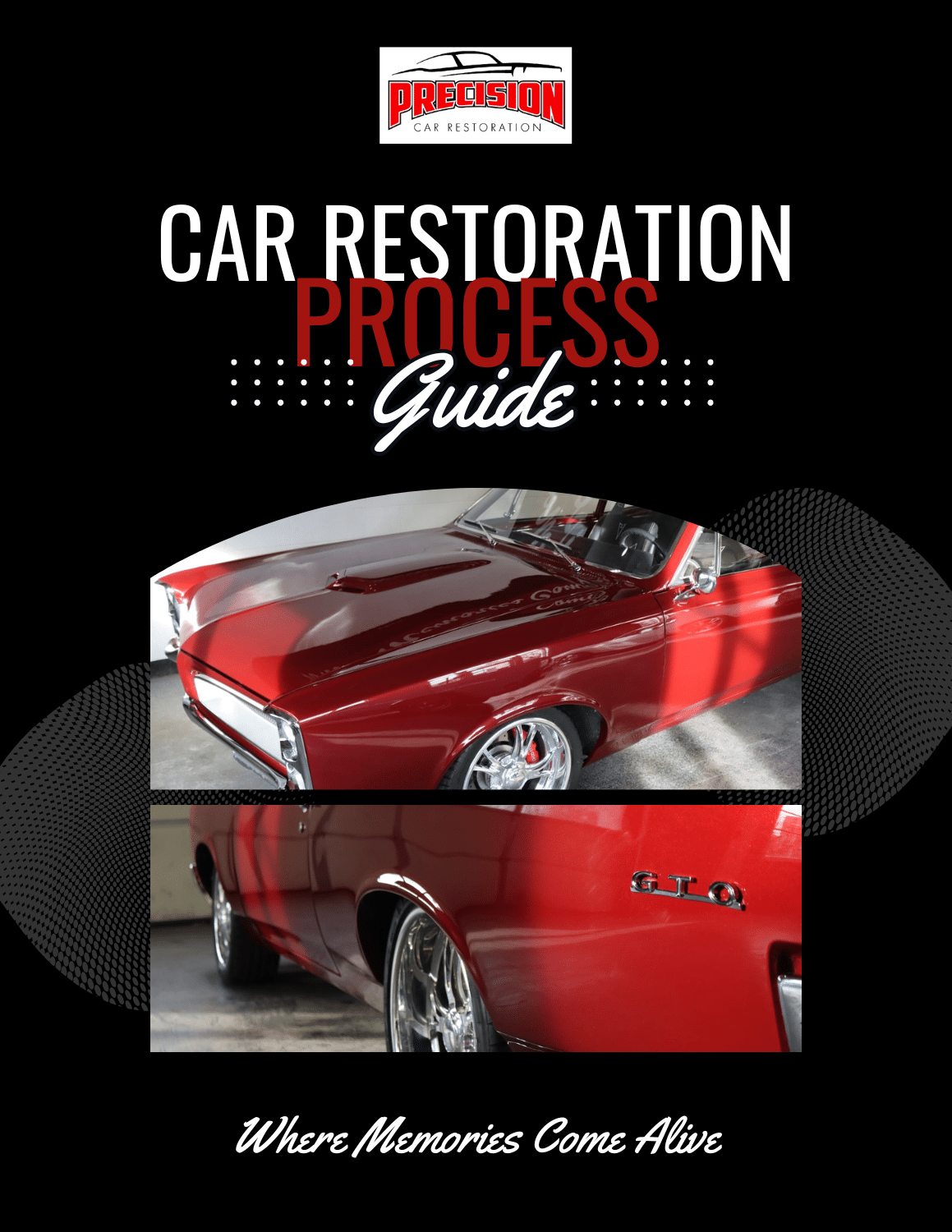While installing a set of performance aftermarket exhaust headers can net some serious horsepower increases, they can also create some serious headaches. This isn’t surprising when you consider that headers must snake themselves around obstacles like steering boxes, shock towers, firewalls, crossmembers, and floorboards. Factor in variables like sagging motor mounts and frame damage, and the odds of trouble-free fitment are definitely stacked against aftermarket header manufacturers. Nevertheless, sometimes defective parts to slip past the quality control department from time to time. Inspecting all parts up front prior to installation can help prevent some of these headaches and save a lot of time.
Recently, we ran across a defective set of headers immediately after installing them on a customer’s car. The first sign of trouble was a very loud exhaust leak. Initial inspection of the headers revealed solid welds and a nice ceramic work was nice, so the next step was inspecting the gaskets. After removing one of the headers, we found major carbon residue along the sealing surfaces despite the use of high-quality gaskets and fasteners. As it turns out, the header flanges had been machined so poorly that the sealing surfaces were completely untrue, grooved up, and uneven. This could have been fixed prior to installation using a straight edge or a pair of trained eyes.


The moral of the story is to inspect any new parts for flaws prior to installing them. Chrome work needs to be inspected for pits, cracks, or flaking chrome. Plastic parts need to be checked for broken tabs, cracked parts, or pieces missing. Engine parts need to be checked to ensure that sealing surfaces are smooth, even, and free of burs. Most aftermarket companies will stand behind their product, so if you run a cross an inferior part, exchange it for a new one. This will save you time and money in the long run.



